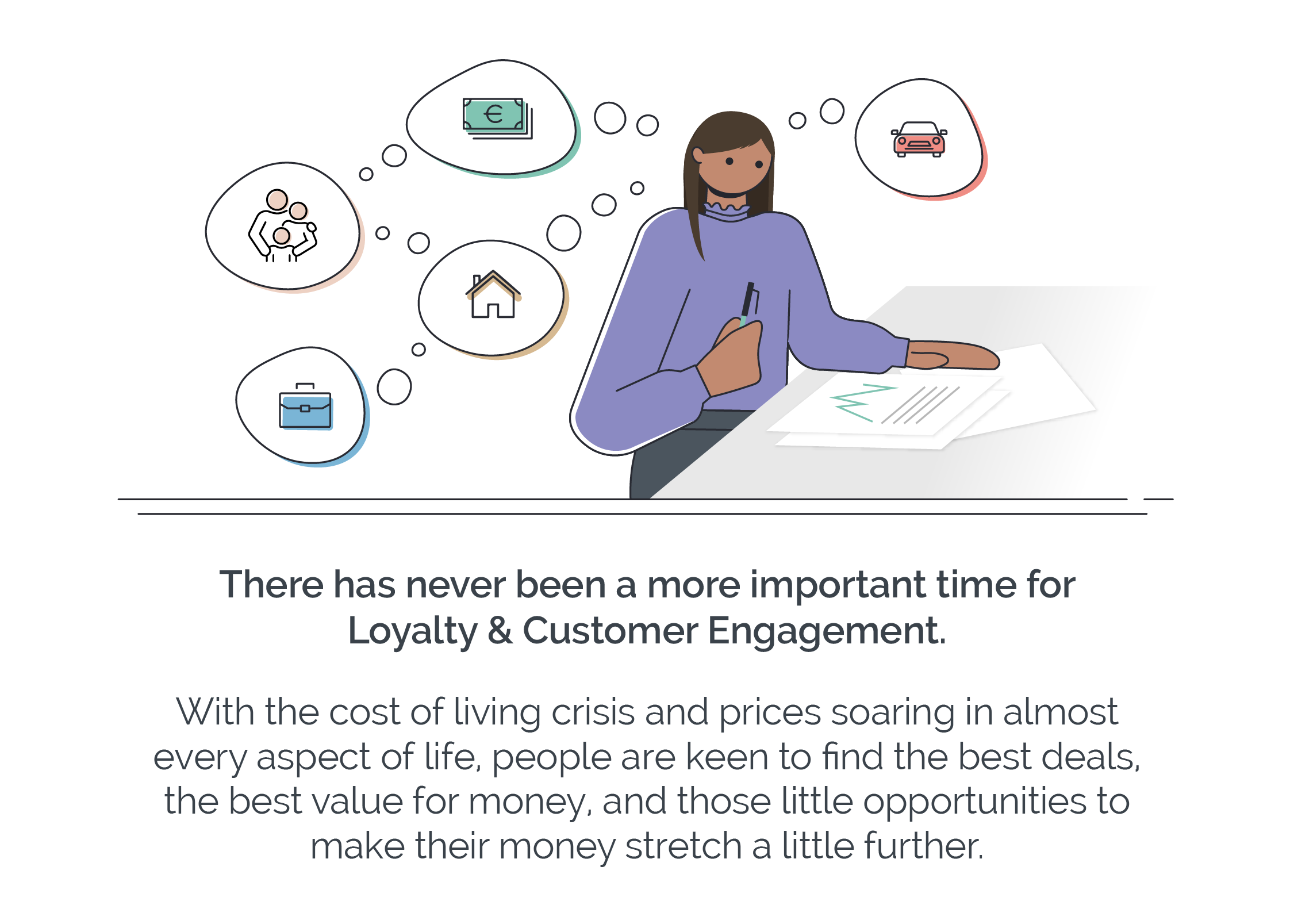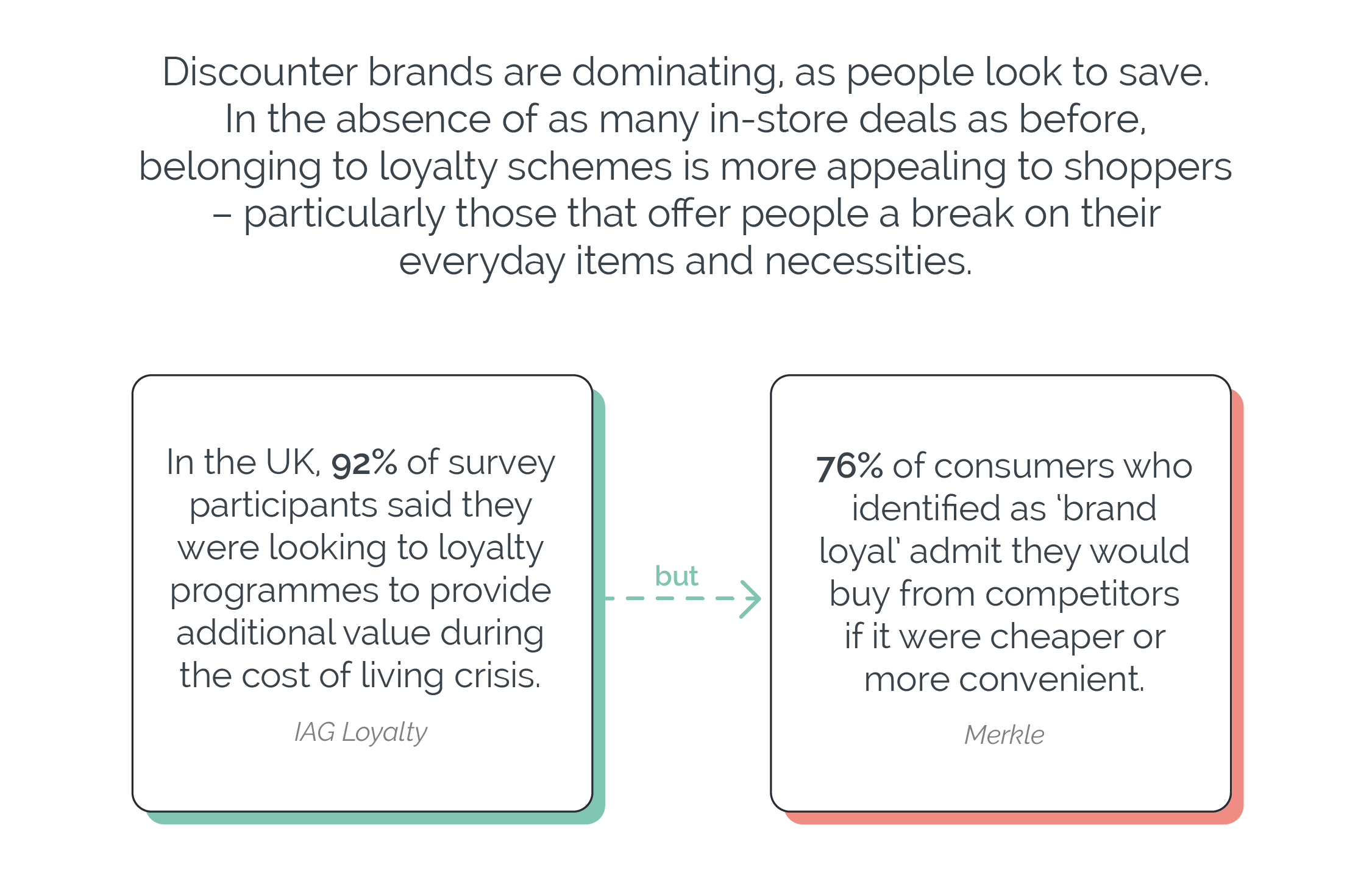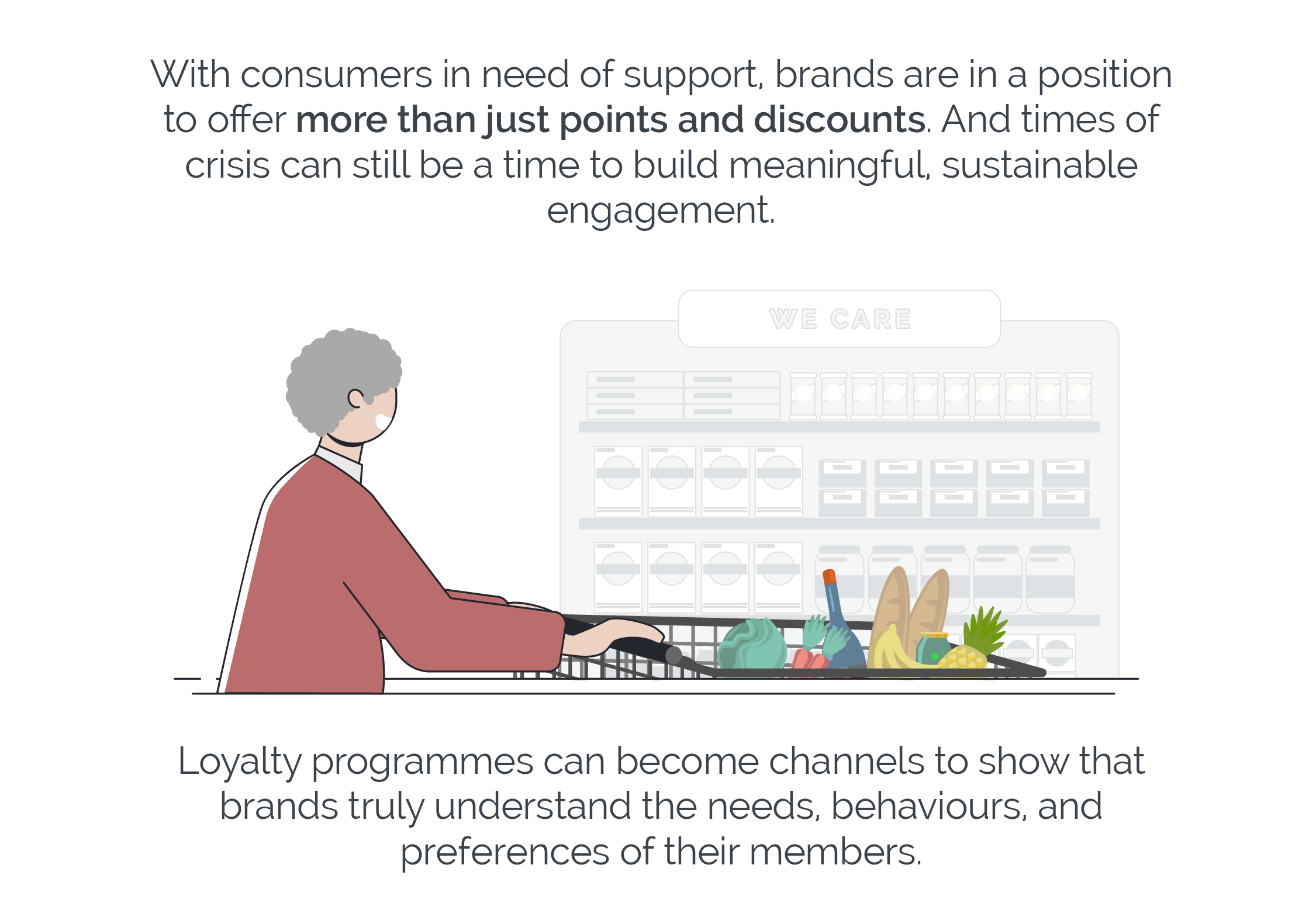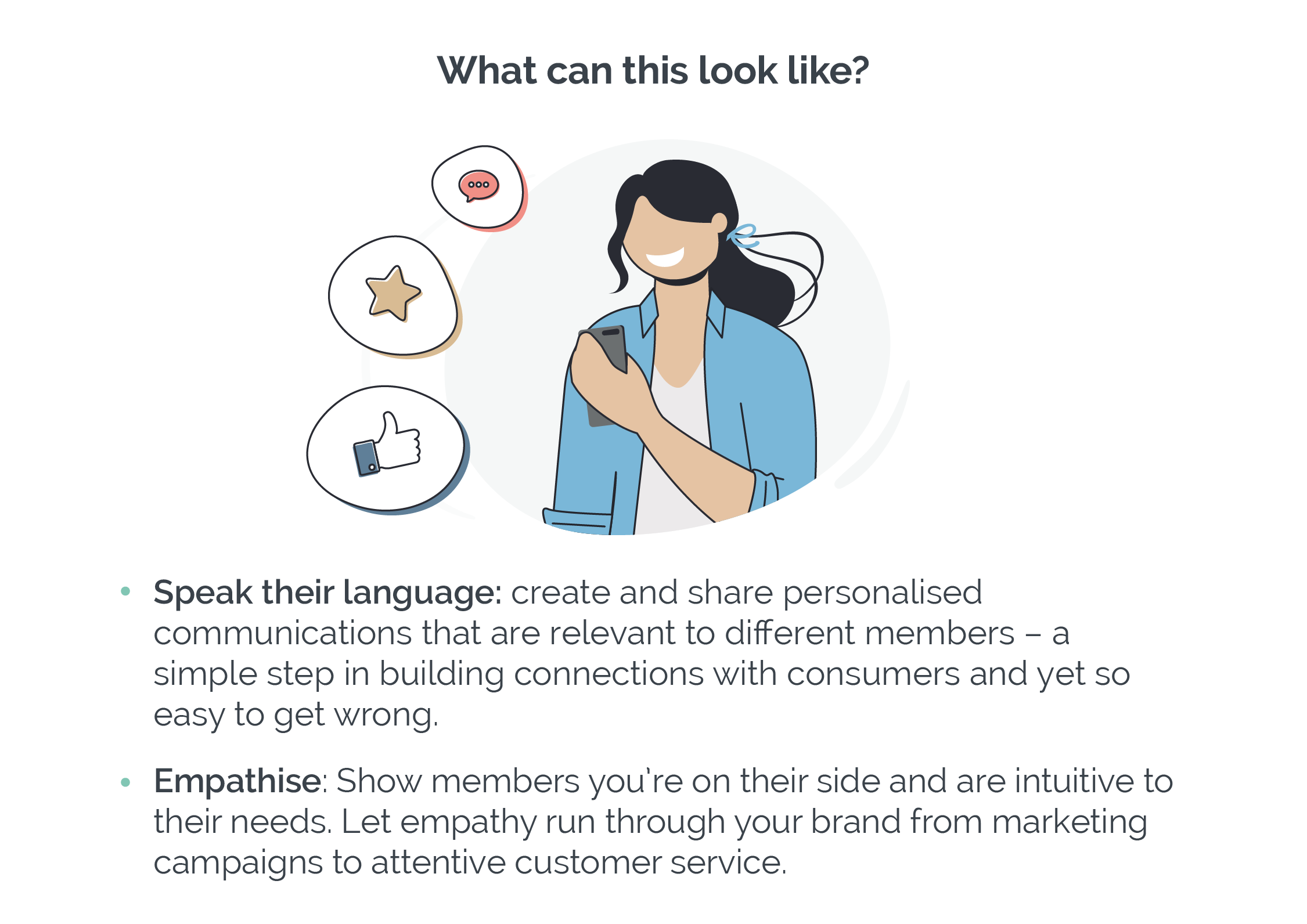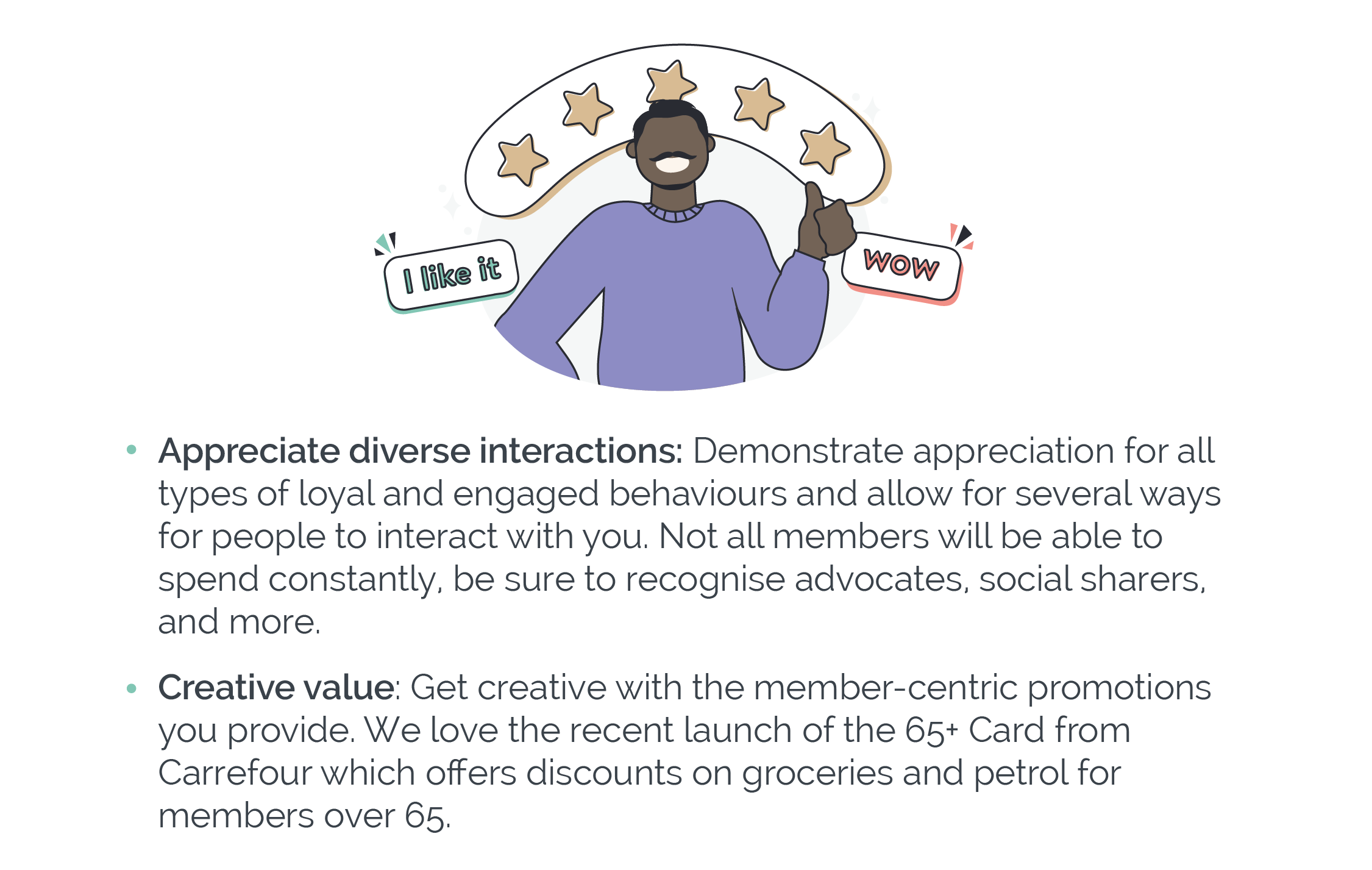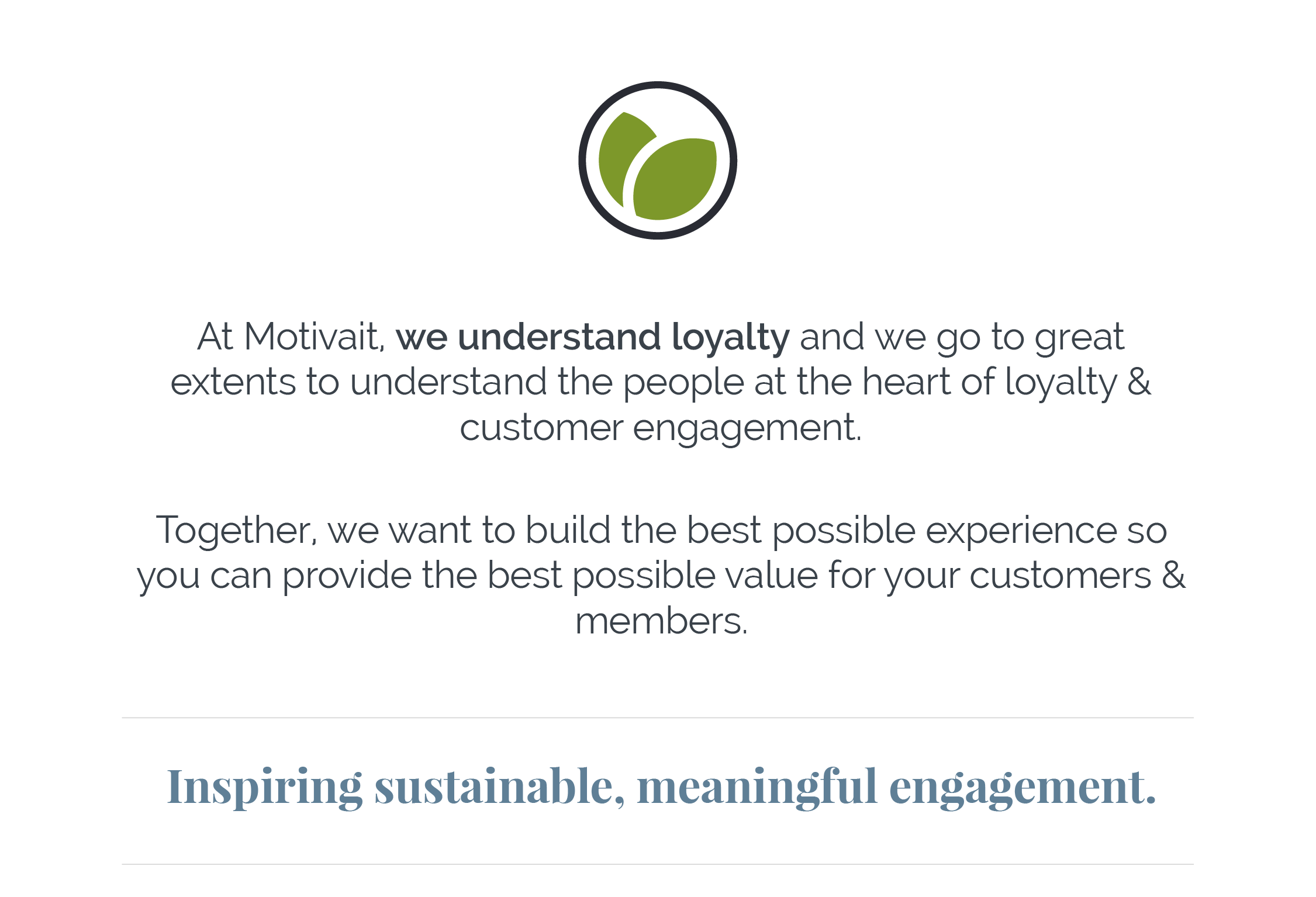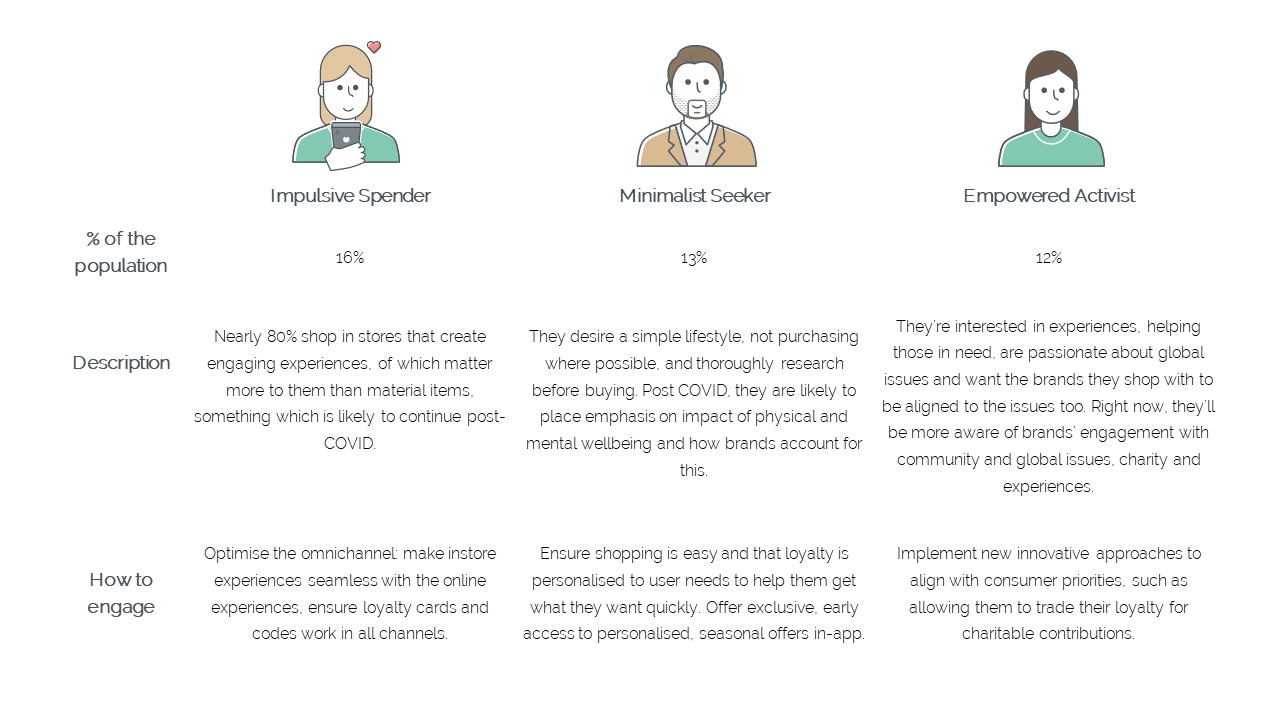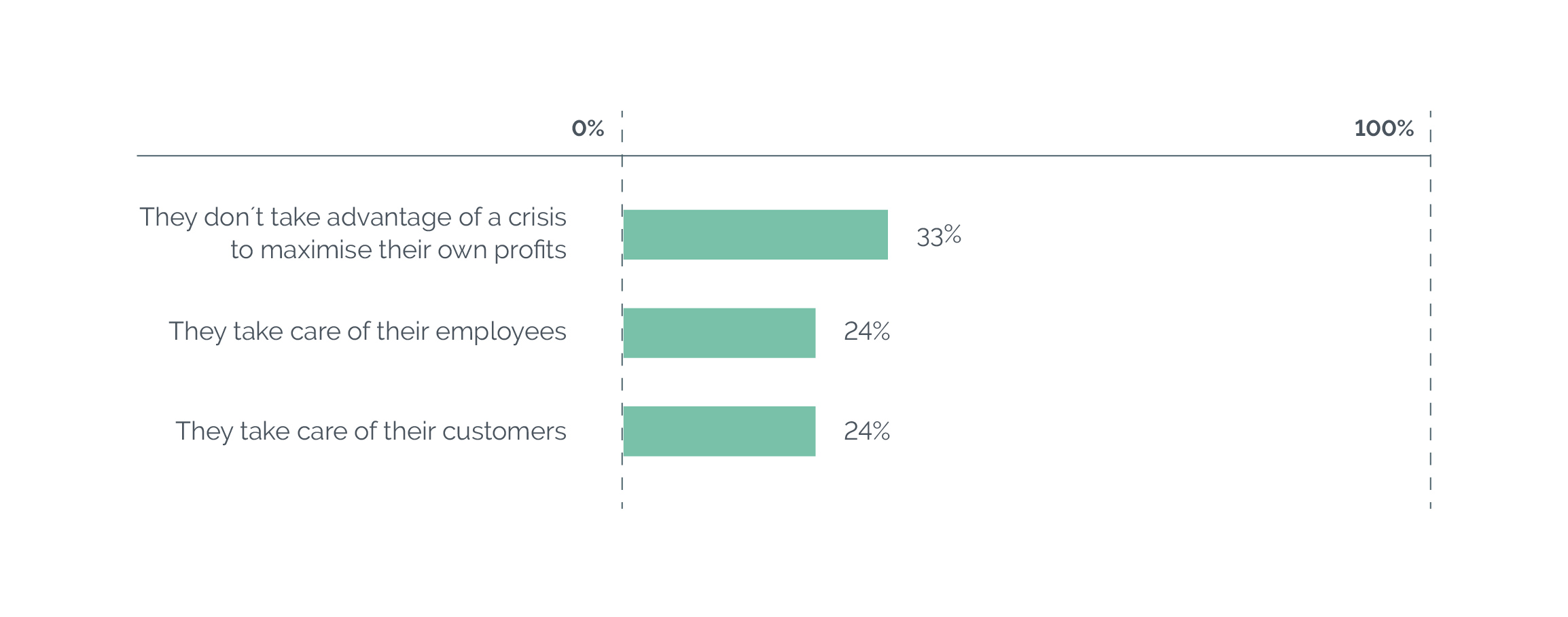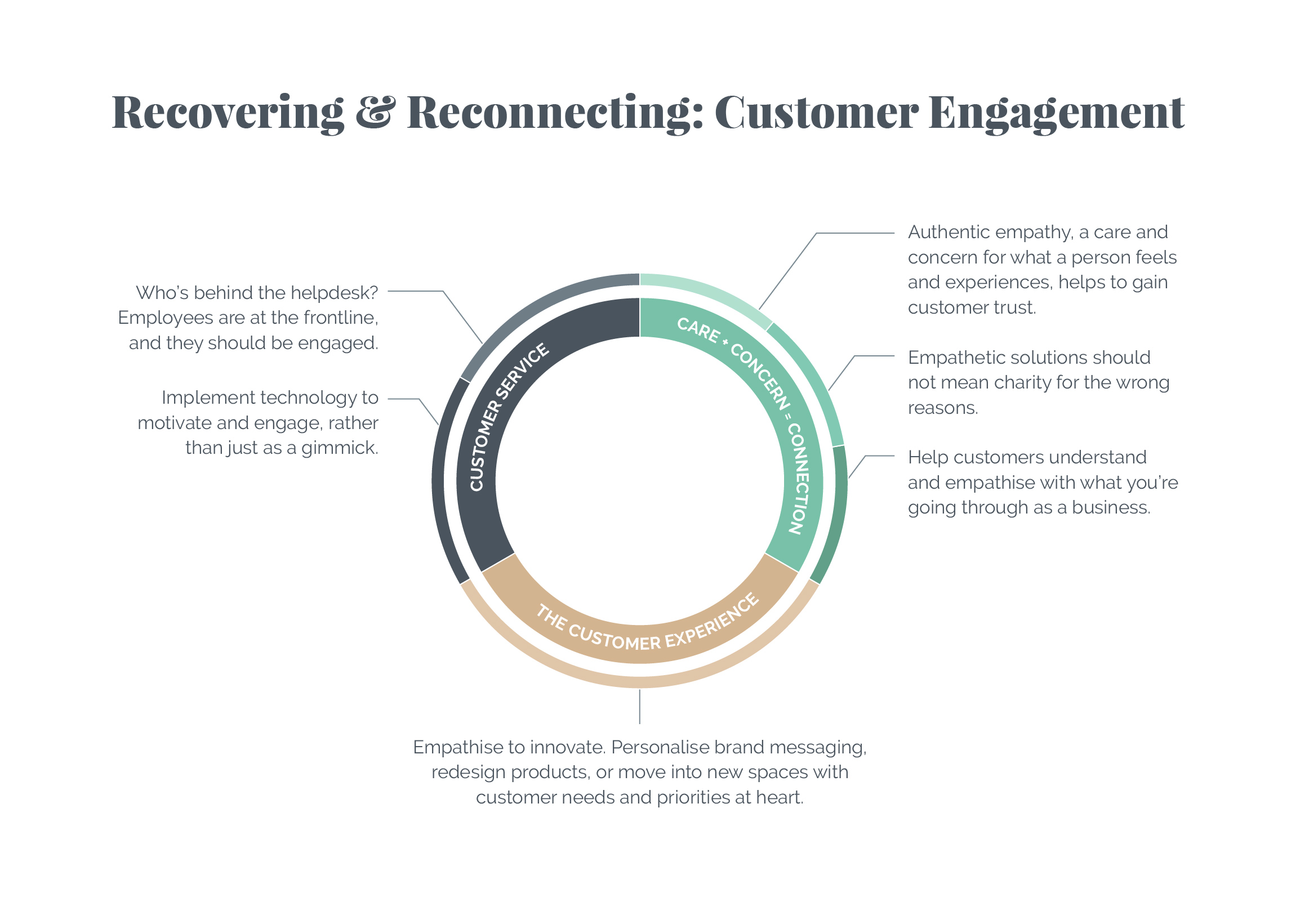In a time where consumers seek support, brands have a unique opportunity to provide more than just points and discounts. Even during times of crisis, building meaningful and enduring engagement is possible. Loyalty programmes can evolve into platforms that genuinley grasp the needs, behaviours and preferences of their members.
Are you looking to enhance the ways customers connect with your brand?
We are experts in innovative Customer Engagement & Loyalty – with over 40 million active users in more than 50 countries enjoying our digital solutions. Explore what we could do for you.

